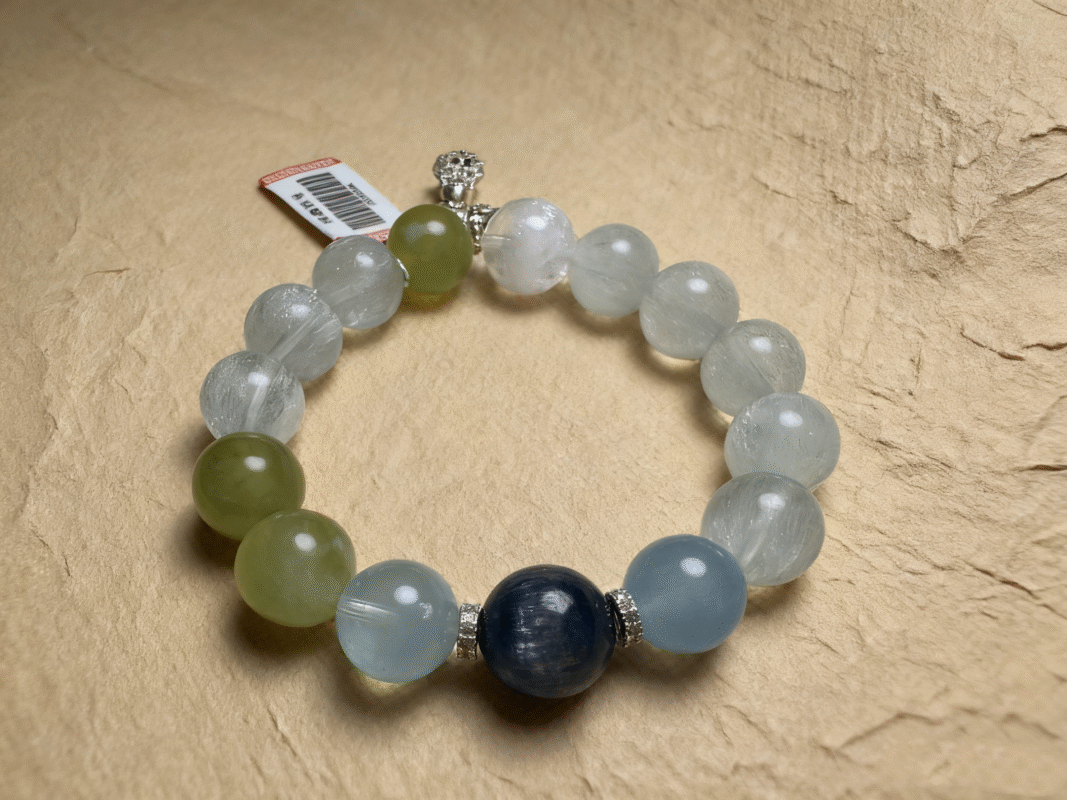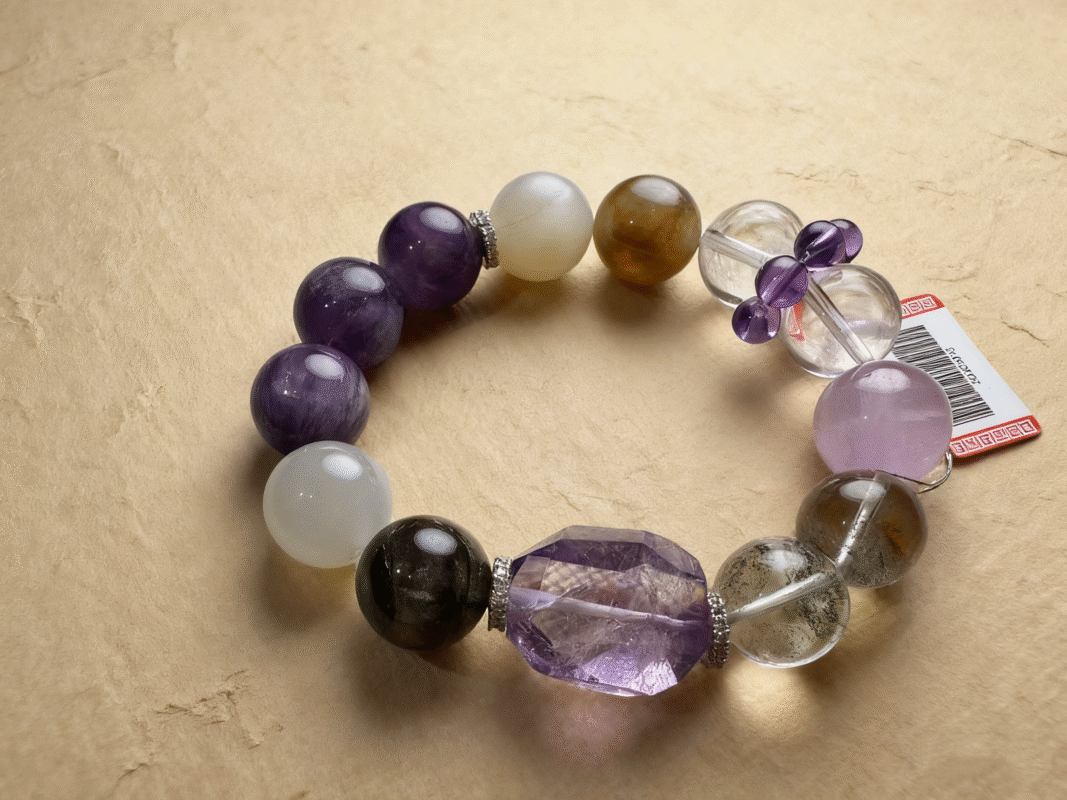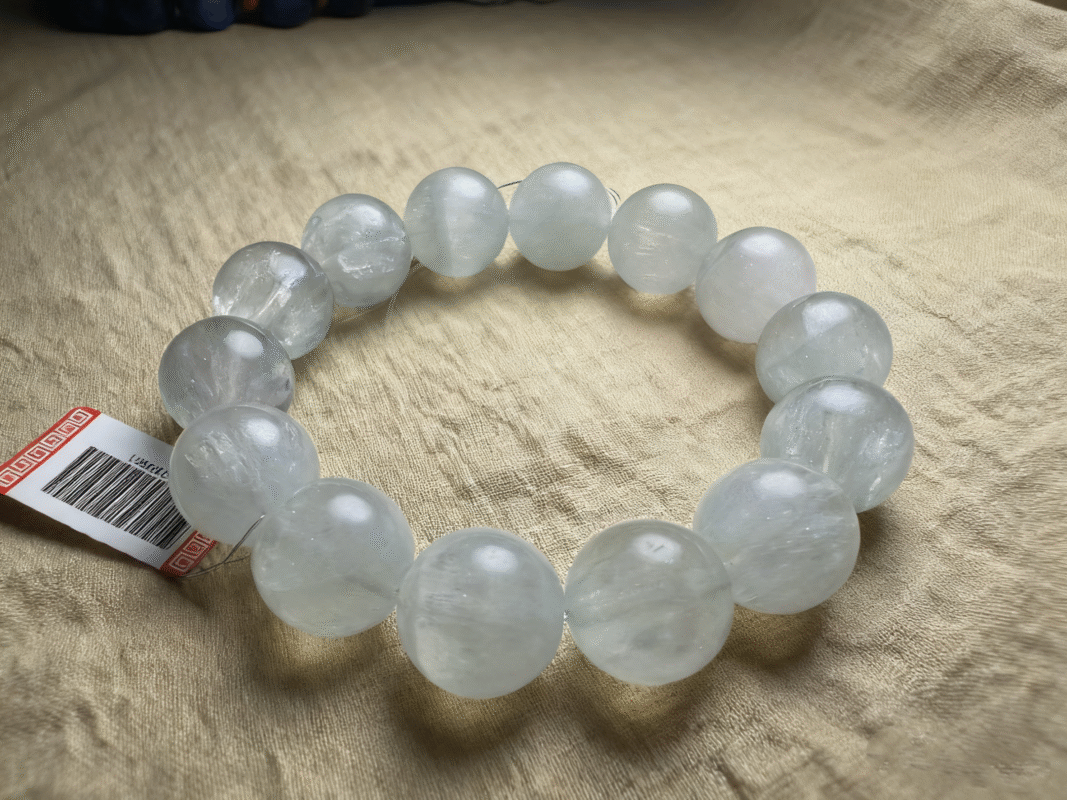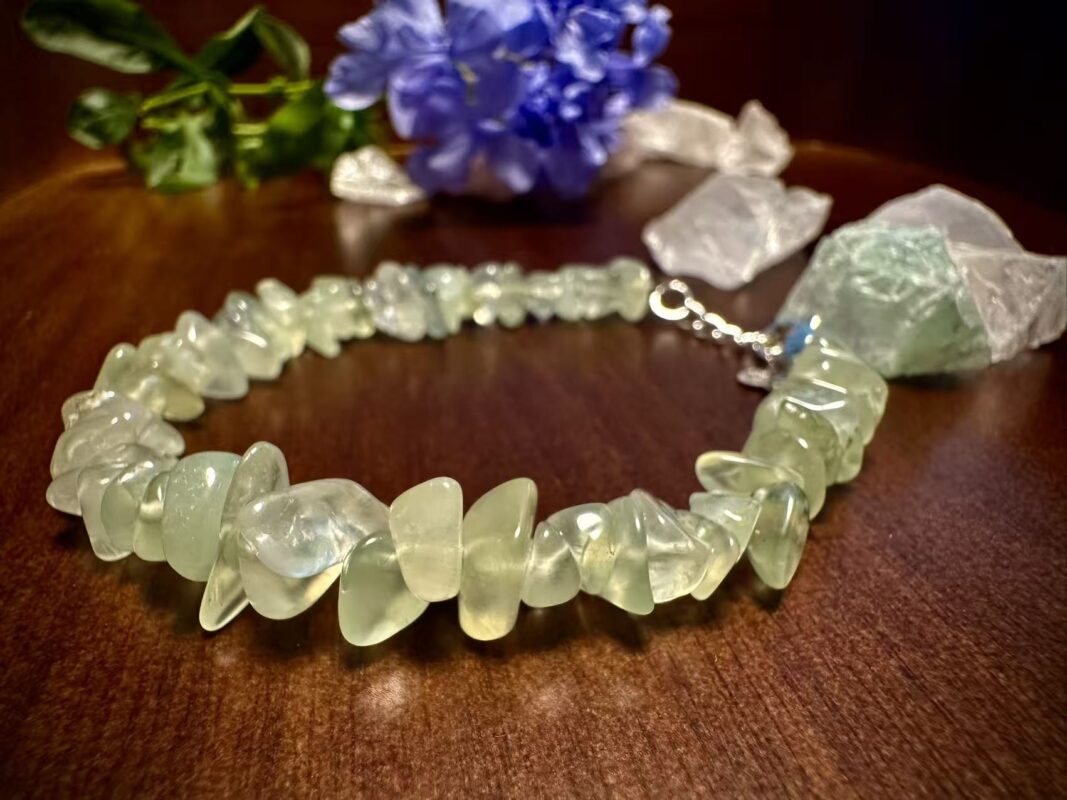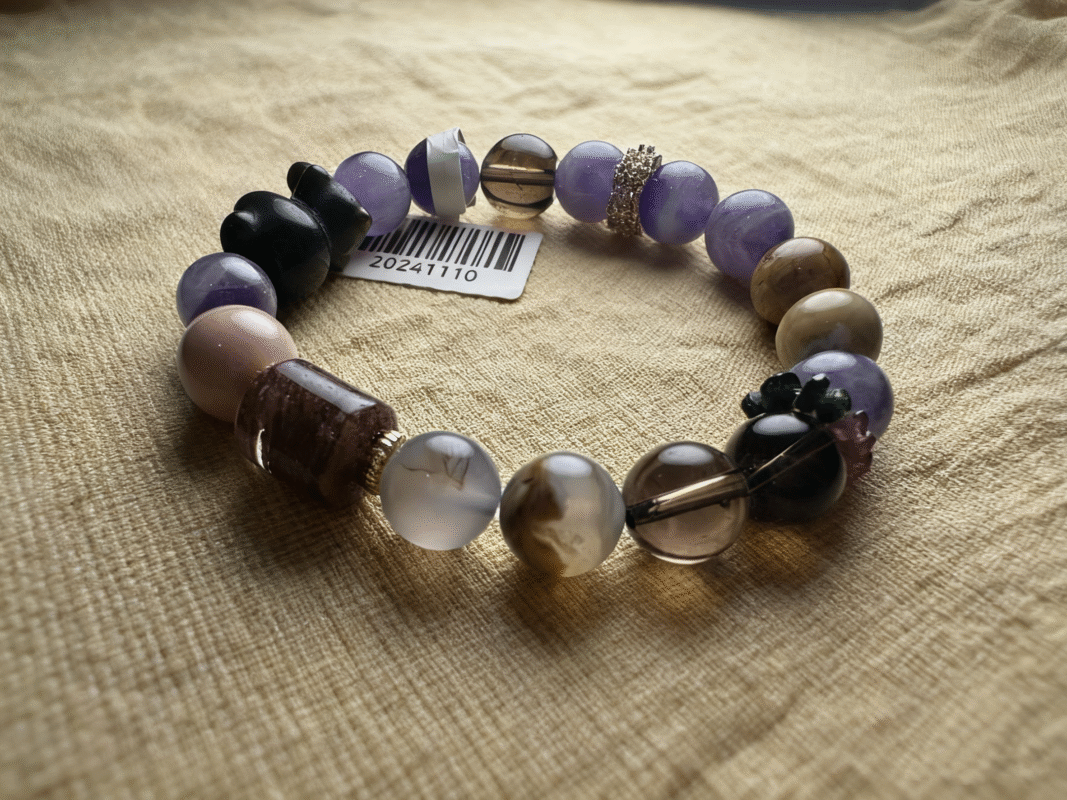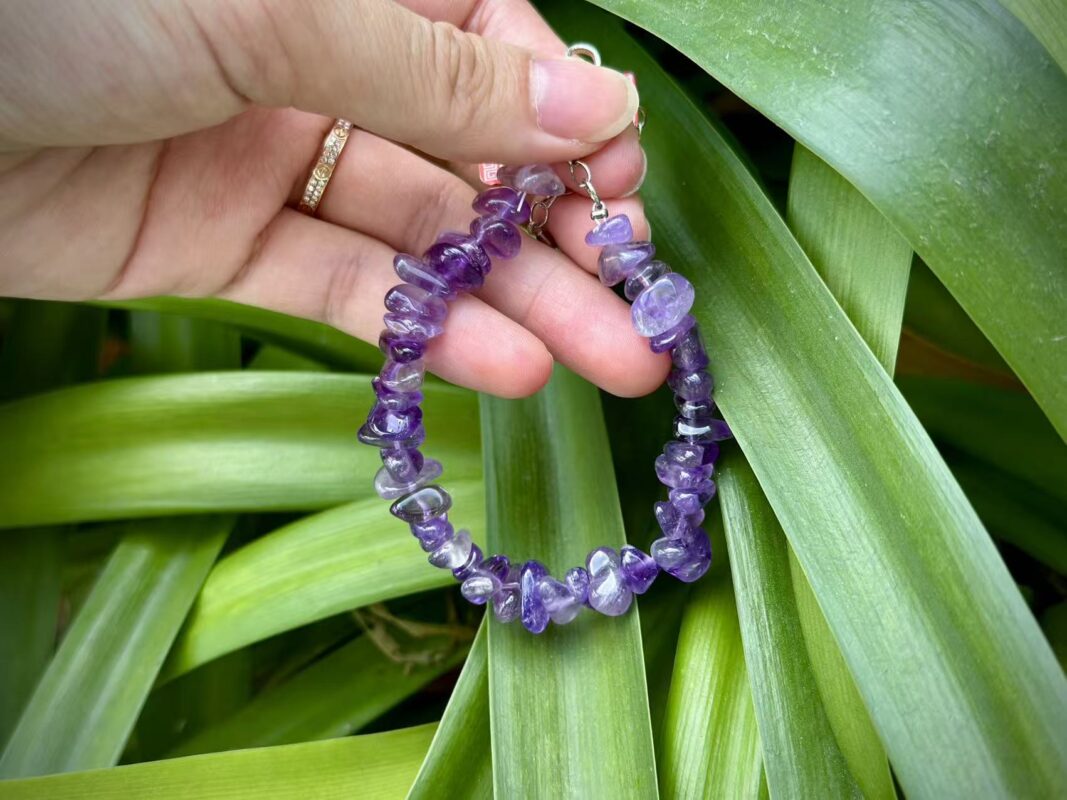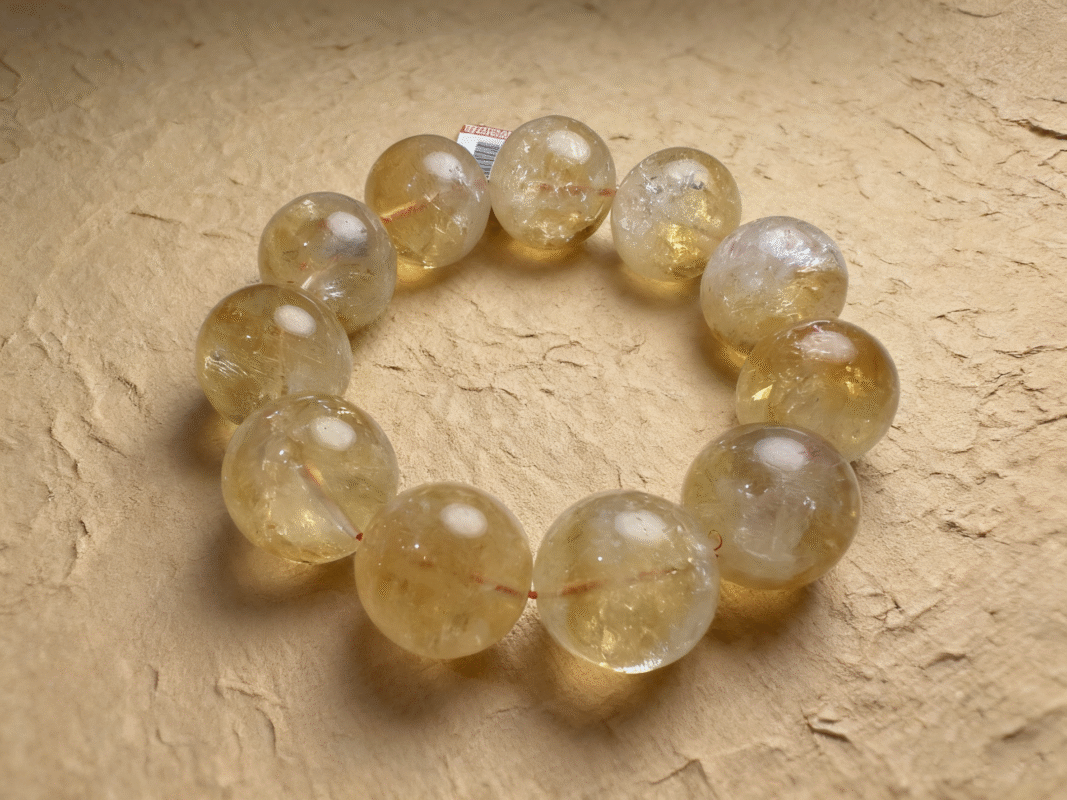Blog
Crystal vs. Gemstone: What’s the Real Difference?
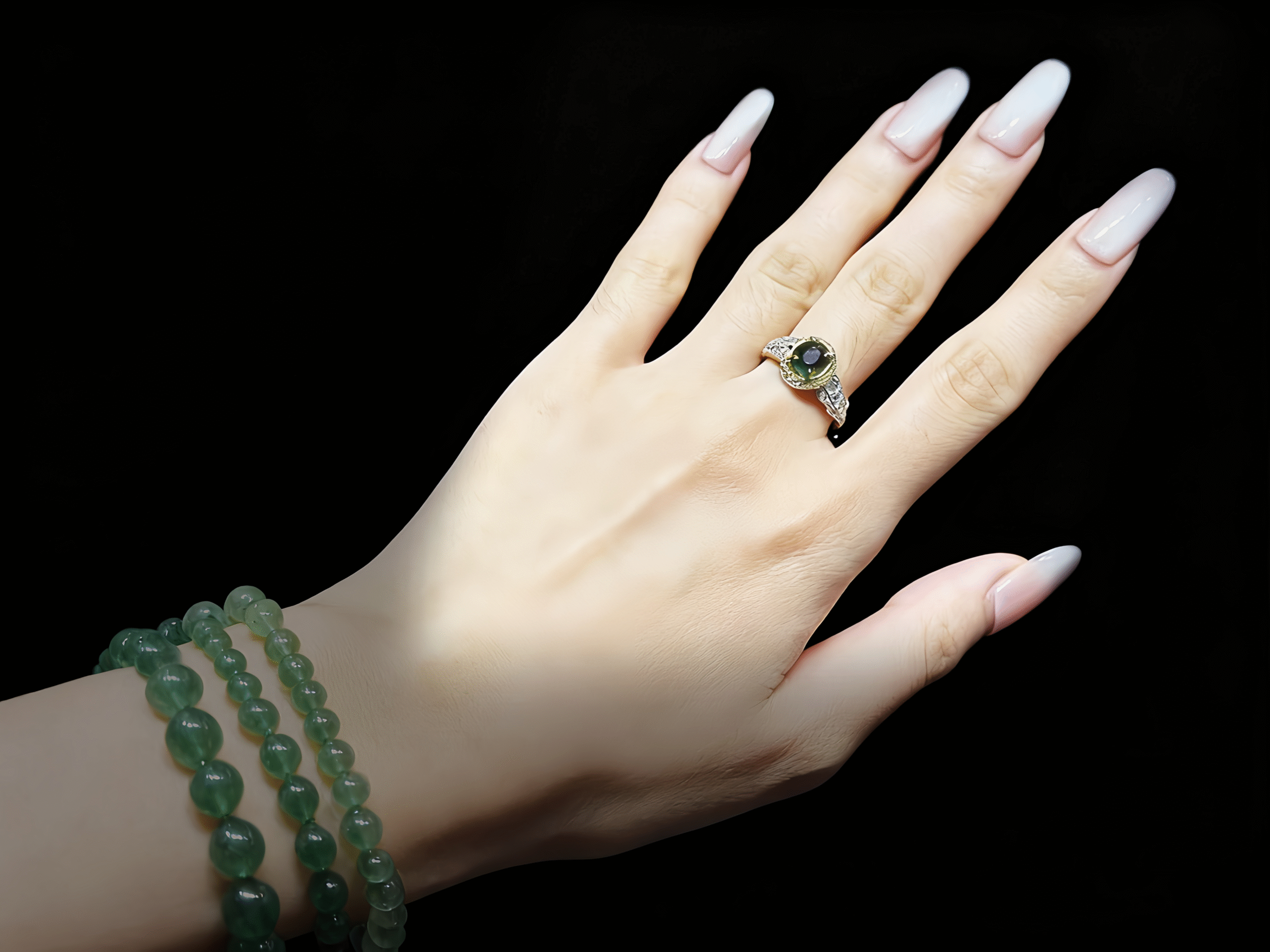
Last week, we received an email from a customer named Clara. She sent us a photo of her wearing a Green Aventurine bracelet on one wrist and a small Emerald ring on the other, asking: "I thought both of these were called 'crystals,' but my friend said the Emerald is a 'gemstone.' What's the real difference?"
We hear questions like this all the time—and for good reason. The terms "crystal" and "gemstone" are often used interchangeably, even among jewelry lovers. To help Clara understand, our jewelry consultant, Viola, arranged a video call to explain the distinction in detail.
Part 1: What Is a "Crystal"?
"Let’s start with the Green Aventurine you’re wearing," Viola began, sharing a comparison image of rough Green Aventurine and a finished bracelet on screen. "This is a crystal. Crystals are minerals with a regular, repeating atomic structure—you can think of it like a building made of perfectly aligned blocks. It’s this internal structure that often allows them to form geometric shapes, like the quartz points or clusters you might have seen."
She went on to explain, "Crystals aren’t always 'sparkly and clear.' Many, like Green Aventurine, are valued for their believed energetic properties—such as enhancing creativity—as well as their accessibility. That’s why they’re often made into beads, tumbles, or decor items for daily wear and spiritual use."
Part 2: What Makes a "Gemstone"?
Next, Viola pulled up a high-resolution image of an Emerald. "What you have on your other hand—the Emerald—is a gemstone. Gemstones are a subset of crystals, but with two key qualities: rarity, and they are cut and polished to highlight their beauty."
She added, "Gemstones like Emerald, Ruby, and Sapphire form under very rare geological conditions, making them much scarcer. We don’t just drill a hole through them for a beaded bracelet. Instead, they are carefully cut—into faceted or cabochon shapes—to maximize their color, clarity, and sparkle. Their value lies first in their beauty and rarity, with metaphysical properties often being a secondary consideration."
Part 3: The Overlap—Why the Confusion Happens
Clara nodded on the call and asked, "So, can something be both a crystal and a gemstone?" Viola smiled and showed an image of a faceted Citrine pendant. "Absolutely. Take this Citrine, for example. It’s a crystal by structure, but because of its high clarity and color, it’s been cut into a faceted stone and used in fine jewelry—making it a gemstone, too."
She summarized: "A simple way to think about it is: all gemstones are crystals, but not all crystals are gemstones. Your Green Aventurine bead is a crystal—readily available and often used in affordable jewelry. But if we were to find a large, flawless piece of Green Aventurine and cut it into a faceted gem for a gold ring, it could be considered a gemstone. It all comes down to rarity and purpose."
Part 4: Why This Matters for Your Jewelry Choices
After the call, Clara wrote to us: "I used to just pick what looked pretty, but now I understand why the Emerald feels so special—it’s not just a crystal; it’s a rare gemstone."
Viola replied, "Exactly! Knowing the difference helps you choose what truly fits your needs. Looking for an everyday piece with personal meaning or energetic intention? Crystals like Green Aventurine are wonderful. Investing in a timeless, valuable piece for special occasions? A gemstone like Emerald or faceted Citrine would be the way to go."
At Rhythearth, we use both crystals and gemstones in our designs—because each carries its own unique magic. Whether you’re drawn to the accessible beauty of crystals or the lasting luxury of gemstones, understanding the difference helps you appreciate your jewelry on a whole new level.
Still have questions? Feel free to reach out to our online jewelry consultants! We’re happy to offer personalized advice and show you more options from our collection.




